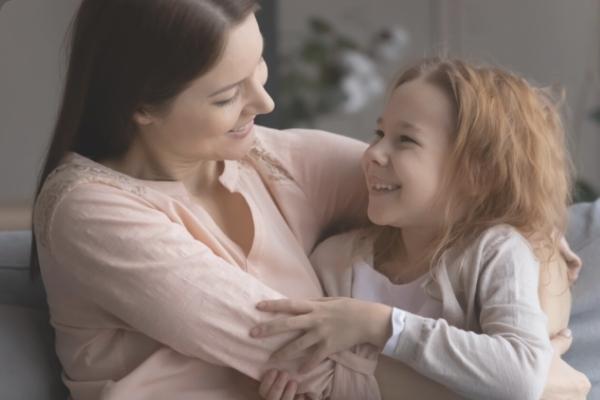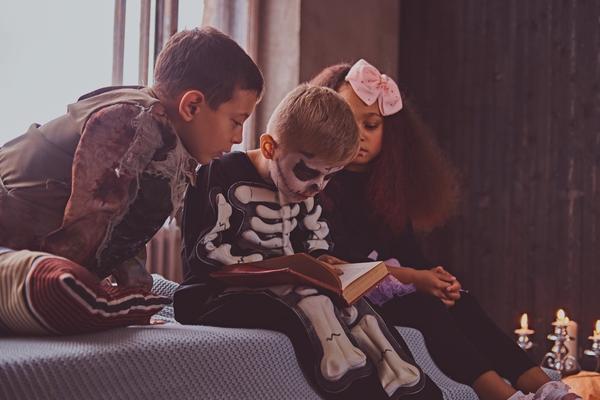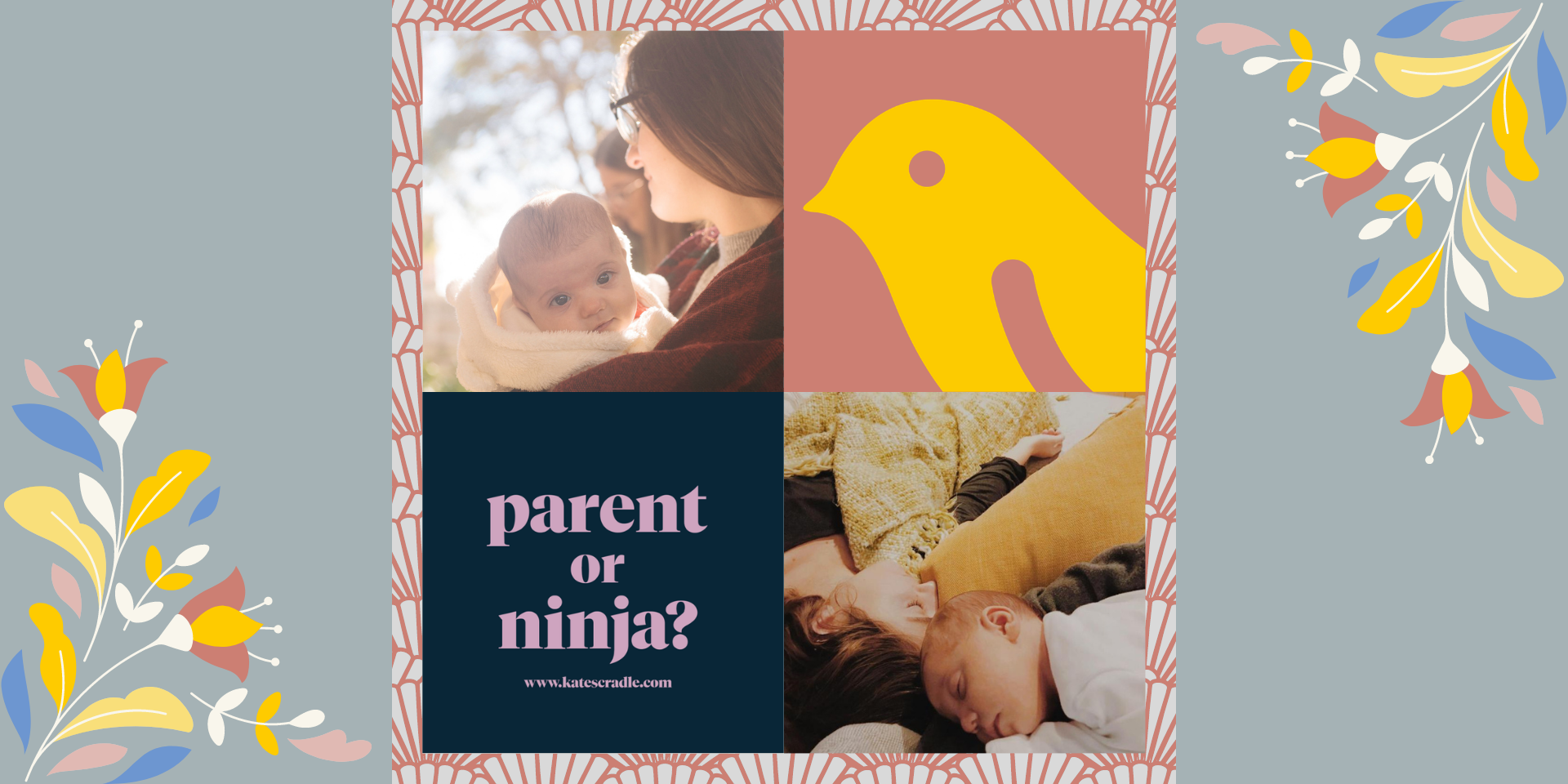This article was written by Christina Zammit La Rosa. She and her partner document their fostering journey in Malta on the Instagram page @twomums_andafoster. Give them a follow to get regular updates on their life as foster parents!

It was a COVID-19 inspired move which saw us calling up the Directorate for Alternative Care (Children and Youths) to tell them that we were ready to help if the need arose.
During the pandemic, the number of social issues increased exponentially and although we had originally told FSWS that we were not yet ready to become mums, my partner and I decided to make ourselves and our home available.
It was in April that our lives essentially changed. At 6pm, our phone rang to tell us that they were going to deliver a beautiful 1-year-old to us. We opened the door to a supervisor carrying a single bag with a child in a carry cot.
We did not have the 9 months of pregnancy or the time to wrap our heads around what it would mean to suddenly be called ‘mummy’. Furthermore, we were given 12 hours warning. We used that time to flip our spare room faster than we ever thought humanly possible, occasionally stopping to take in what was going on.
A Real Life Rollercoaster
Think of a roller coaster, imagine you are upside down, in the dark – zero direction, zero instructions – just rolling with it. Two new mums, with a 1-year-old. We had no idea what their routine is, what they like or don’t like, what their nickname is, any allergies, any concerns, any pet peeves, no introduction at all. NADA.
To be frank, it’s not entirely the agency’s fault. In some cases they are given the time to arrange a placement and inform the foster carers. For other cases it’s slightly more urgent and the need to place a child asap takes precedent. In our case, it took almost 3 weeks to get any tangible information.
Fostering a Child
That first week was the three of us getting used to each other. We adjusted our routine and catered for our new little one. The emotions were set to ‘level: excitement’. We adjusted our handbags to include a baby bag. We shifted our outings to child-approved-yet-secluded picnic spots, and just reeled it all in.
Since COVID was in full swing (or so we thought) at the time, there were no supervised access visits (SAVs) with the biological parents. So, for the first 2 months of our fostering experience it was pretty much just the three of us.
It was easy to blend into a routine. It almost felt as though we had been mums for a lot longer than 2 months. Giggles and mumbles filled the house. We saw such a beautiful change in the child’s attitude, it was almost tangible.
Once the Directorate for Alternative Care (Children and Youths) lifted restrictions, the Supervised Access Visits (SAVs) commenced, once a week they would have a visit with the mother and the father, and this is where the balancing act comes into play. It is no longer just your family’s routine you need to cater for, but also the biological family’s.
This is one of the more challenging facets of fostering a child. Keeping your cool when plans change, when SAVs get cancelled or when you need to bend over backwards to adjust to the parents’ actions.
However, you make it work. You always make it work, because you’re doing this for the child and for no one else. We argued and battled it out and often said, ‘never again’, but that always changes the minute they run in the room calling for ‘mums’.
The Hard Part
 About 5 months in we got told that the care order was being reviewed as per procedure.
About 5 months in we got told that the care order was being reviewed as per procedure.
What is a care order, you ask? A care order is issued by the courts to protect a minor, temporarily shifting custody of the child to the Directorate for Alternative Care (Children and Youths) and thereby putting into play the motion for fostering.
The call telling us that the care order was being reviewed simply meant that the state had assessed improvements and itwould most likely be revoked following a reintegration plan. Breaking this down even further, the need for our fostering duty was no longer required. Thus, the process for reintegration was starting.
Think of being on that roller coaster again, but this time add fear, anxiety, anger, and confusion to the mix. We both stopped and thought, “they are taking our little one away”. And that was our first mistake, “our” – the mistake that comes only so naturally and with such force, our child.
It is the single hardest fact to face when fostering. You are caring for a ward of the state, who without even trying, you will love fiercely, but who will one day return to their biological family.
The Outcome
It took my partner and I a solid 2 months to come to terms with the anger, sadness, and disappointment we were feeling and directing towards our social worker and the agency, and to turn it into acceptance. Acceptance of the fact that our duty was nearing completion, that the biological family were doing everything in their power to get their child back.
It took us 2 whole months to realise that that is the beauty of fostering a child. We might not agree that the child is better off with their family than with us. But who are we to decide?
It took us 2 months to step back, breathe and accept that we have helped not just the child, but also the family. We provided the breathing room necessary for the family to get back on their feet, find a job and become independent and capable of raising their child.
It was not an easy 2 months, mind you. If it were not for the support we got from family, friends, and the agency itself, we would have taken a whole lot longer. Our social worker was there at every moment, a phone call away as it were, and always incredibly supportive.
A Lesson in Selflessness
 When people ask us, “Aren’t you worried about losing the child?” Yes, when it’s put like that, of course. However, this is not what fostering is. When you foster, you prepare yourself to be entirely selfless. To love like you have never loved before and to give a piece of yourself to each child you touch. Because they are deserved of that love and attention, yet they are also deserved of a life with their family. No child should ever wonder why their mother or father did not want them, fight for them, or love them.
When people ask us, “Aren’t you worried about losing the child?” Yes, when it’s put like that, of course. However, this is not what fostering is. When you foster, you prepare yourself to be entirely selfless. To love like you have never loved before and to give a piece of yourself to each child you touch. Because they are deserved of that love and attention, yet they are also deserved of a life with their family. No child should ever wonder why their mother or father did not want them, fight for them, or love them.
Fostering a child is so tremendously hard to explain. But it boils down to the feeling you have before an obstacle. It starts with ‘Oh my god, what on earth am I doing? I’m never doing this again.’ and ends with ‘Ok, super, I’m ready for another one’.
If you have love and space for a child in need, contact the Foundation for Social Welfare Services for more information about how to get started on your fostering journey.



